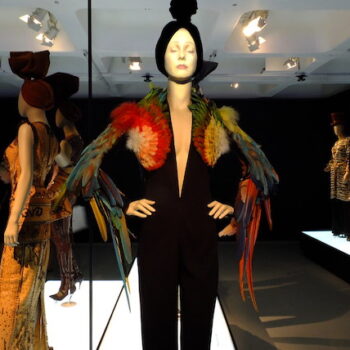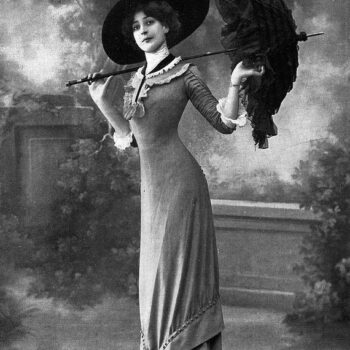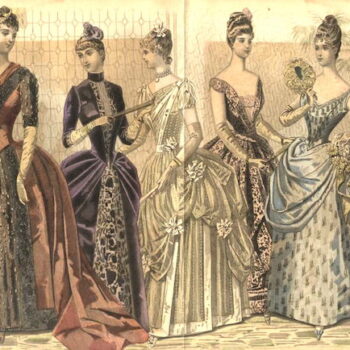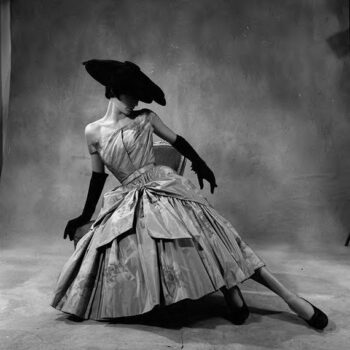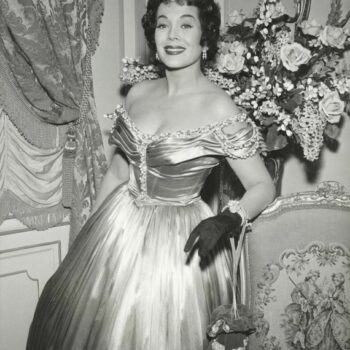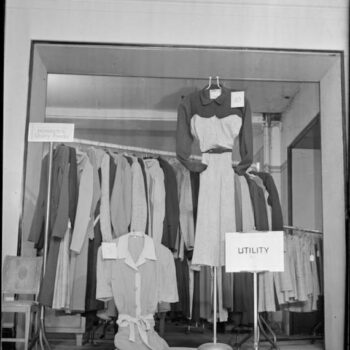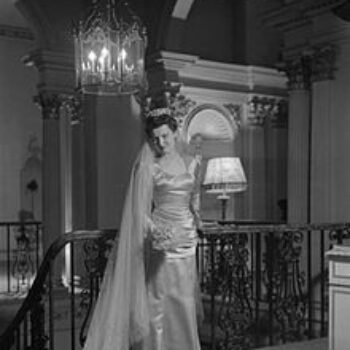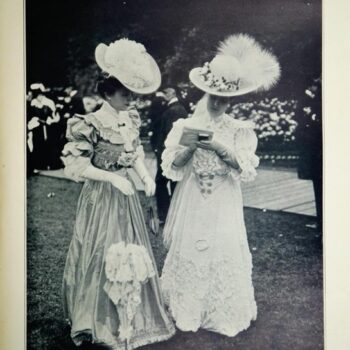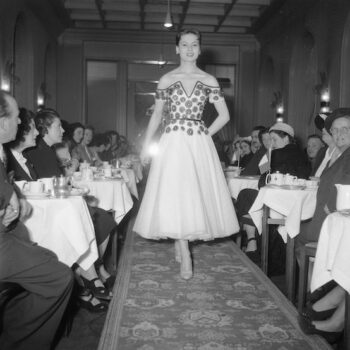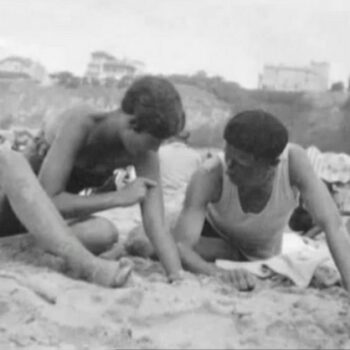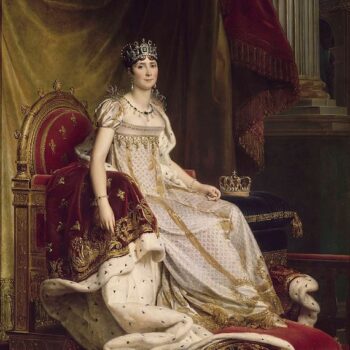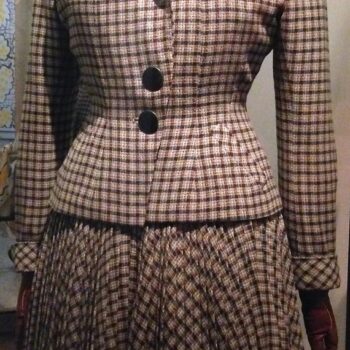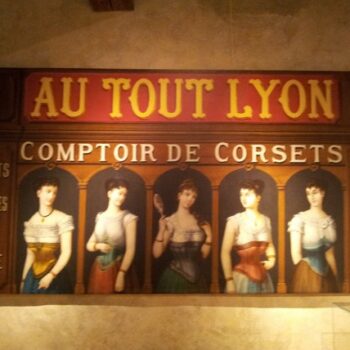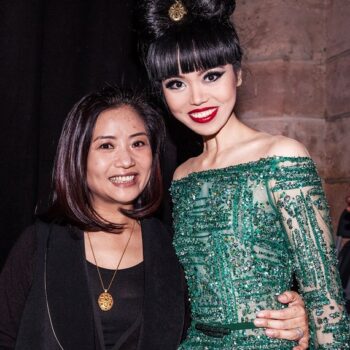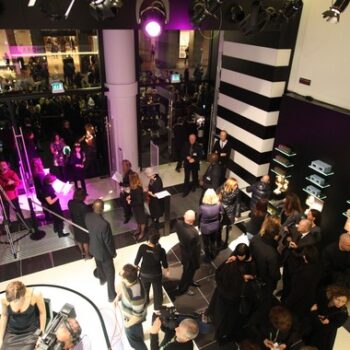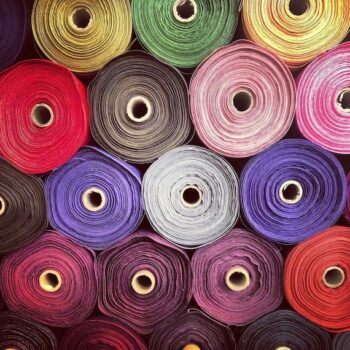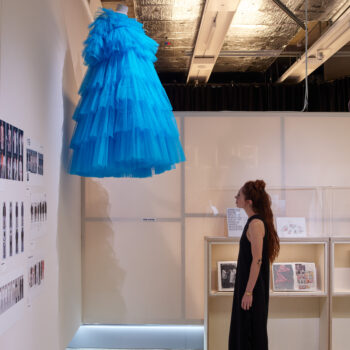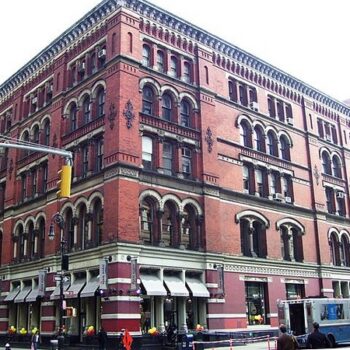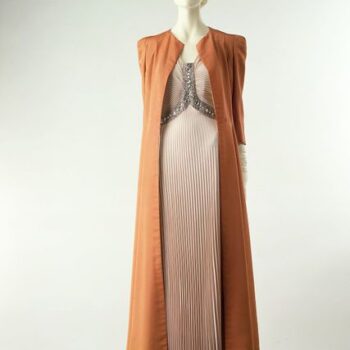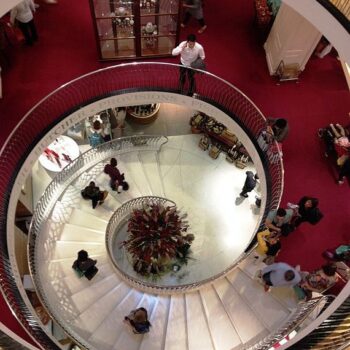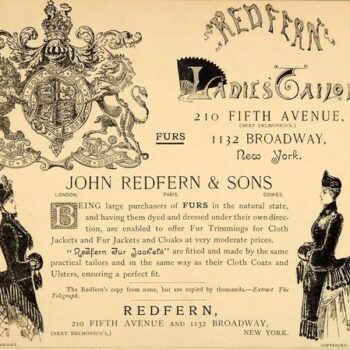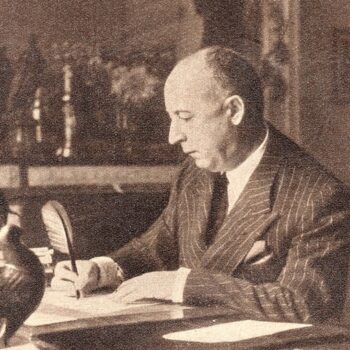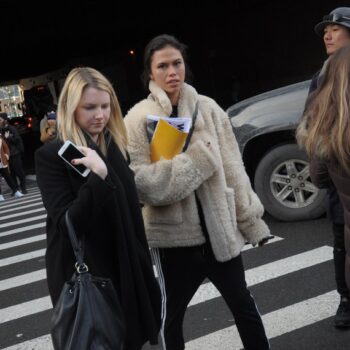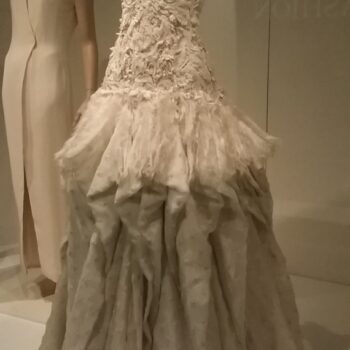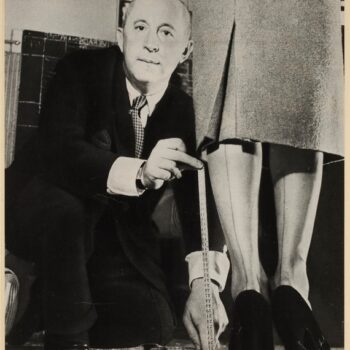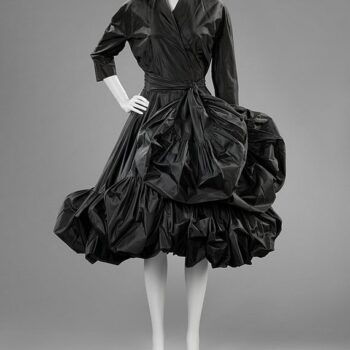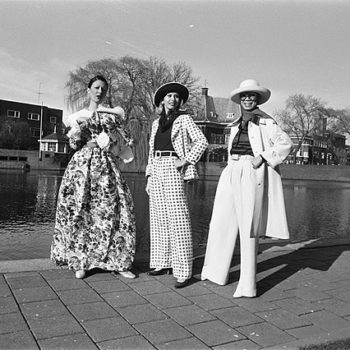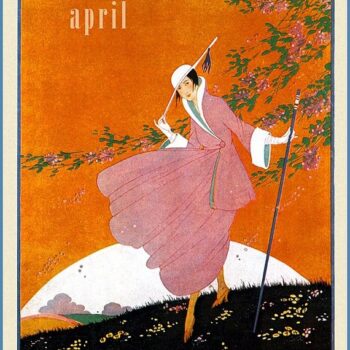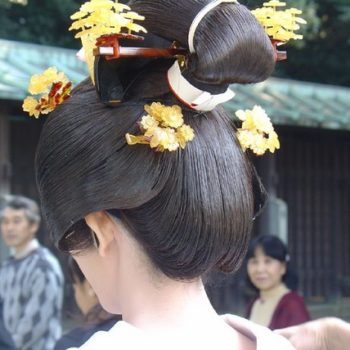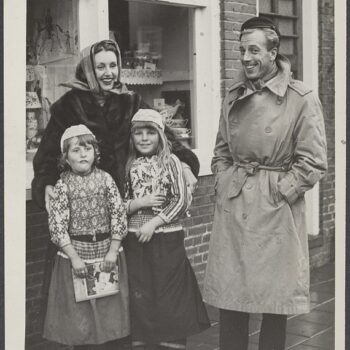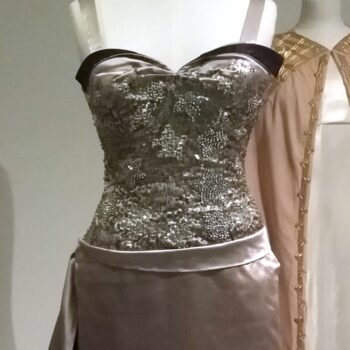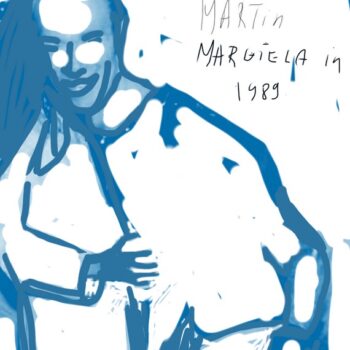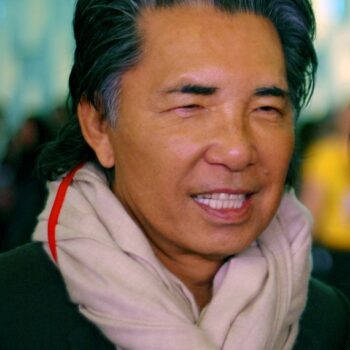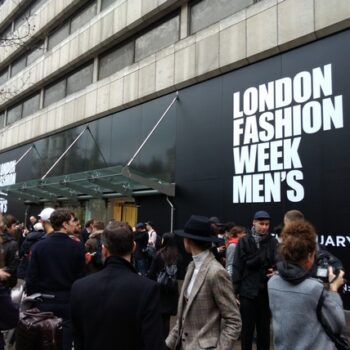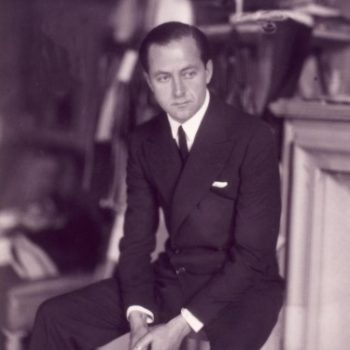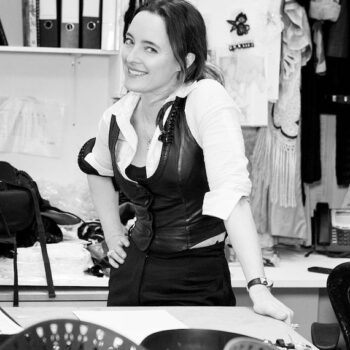1962 the Business of Haute Couture
August 22, 2021In 1962 the business of haute couture was at its very peak – or perhaps already on its way down. Fashion houses like Christian Dior still had private clients who attended couture week but also presented ready-to-wear collections. Fashion has always been a huge part of the creative industries. It’s also a massive economic force. Industry insider Madge Garland gave some figures about the impact of Paris and London couture in her 1962 book, Fashion. It was a timely record, though she didn’t know it. Within about ten years, this monied and rarified world had changed irrevocably as ready to wear took over.
In 1962 Paris was still the centre of couture. It had 34 official Couture Creation Houses and twelve lesser Couture houses, employing 6,000 people. This was down from 98 Couture Creation Houses in 1917. The couture district, which consisted of a few streets near the Arc de Triomphe, gave the whole of Paris its reputation of glamour which remains today. As well as the money spent on gowns, the tourist industry benefitted too. People flocked to its hotels, cafes and restaurants to watch the beautiful people.
The definition of a Couture House was “a firm where the designer imposes his own ideas and does not work to the requirements of individual customers.” Actually, the amount of changes a high fashion customer might request is quite surprising – a different colour, hemline, neckline, etc., were all agreed on according to individual taste. But the original design was the couturiers own.
1962 the Business of Haute Couture – Protected by the Chambre Syndicale de la Haute Couture

1962 the business of haute couture fashion show at a designer’s salon. Image copyright free via Flickr.
The Chambre Syndicale de la Couture was a union created to promote Paris couture and encourage different firms to work together to beat piracy and strengthen the industry. It laid down strict regulations. Each House must show a collection of at least sixty outfits at least twice a year on living mannequins. The Syndicale decided the dates.
The Spring-Summer couture collection was shown in the first week of February, and the Autumn-Winter haute couture show was the first week of August. Smaller mid-season collections slotted in between. Before that, designers had shown their ideas whenever they felt like it, with as many models and outfits as they wanted. With this rule, it was far more convenient for buyers and press to come and see as much as possible in just one trip and to organise their schedules.
Other rules included: no sketches to be bought from freelance designers, no work to be done in outside workrooms, except very specialised embroidery, etc., and no piece-rate pay or production bonuses.
1962 the Business of Haute Couture – The London Union
Britain had its own couture union, The Incorporated Society of London Fashion Designers, who arranged the London shows for about a week or ten days before Paris. They also hoped not to clash with the Italian collections. However, since everyone had slightly moveable dates each year, they didn’t always pull this off. In London there were only 11 couturiers who altogether employed less than 1,500 people.
As well as the couturiers themselves, London had 17 Associated members. They included milliners, furriers, shoemakers, knitwear manufactures and hairstylists. These all needed to get their own collections together to coincide. It might be surprising that hairstylists are on this list. But fashionable woman were far more dependant on their hairdressers then. And since fashions in hats changed, the hairstyle needed to change to go with them.
A Parisian couture item started from around £250, or up to £1,000 for a ballgown. A couture house in Paris boasted about 12,000 private customers each. About 25,000 people saw its biannual shows. In Paris, about 200 designs were shown per season. In London, you could get couture starting at £70 and going up to £200. A famous London House only had about 2,000 names and the books and would have shown to about 1,500 each season. They dreamed up about 60 outfits per collection.
Flou!
But both cities had their specialisations. Paris was adept at the delightfully named flou – flouncy, delicate materials, like chiffon and silk. In Britain, we specialised in suits and structured clothing. And though the reach of couture may have been smaller, with far fewer international buyers and not as much press coverage, Britain loved that it had royal patronage. The Queen, the Queen Mother, and Princess Margaret all had private showings in stately homes.
1962 the Business of Haute couture – A Tight Schedule
During the Collections, haute couture house shows started from 9.30am. The labels stuck to a timetable. Each show lasted about 2 hours and went on right through the day until late at night. There would be four or five in a day. The brands would serve invitees buffet lunches, champagne, and canapés. The schedule was so tight there was no time for lunch, particularly for journalists who aimed to see every show on the list. Since each collection had about 200 models, that was 1,000 dresses in a day, over about ten days. They also needed to see what the milliners and other associates were up to.
Because of the premiums they had to pay, store buyers would see far fewer shows, usually from houses they had worked with before or had been recommended to them. Private couture clients could see the shows at their leisure, as each house held a catwalk show every day throughout the season, as well as during the launch week.
A Month of Secrecy
Unlike today’s live streaming of shows, the details of collections were kept tightly under wraps for a month after the show. This was so that the shops that had bought designs with express permission to copy them could do so before the details appeared in the press. The syndicate knew that copyists were going to copy whatever they did. It was much better that they pay to do so. There was a high entry fee for stores, of £100 – £1,000, redeemable against an outfit’s purchase. The House allowed 800-1000 buyers per season.
Sometimes, because a piece of finished couture was so expensive, the store-bought a specially made toile or demi-toile version. It came with detailed instructions about fabric and finish. The agreement was that this toile was never lent to anyone else in the business, and the buyer couldn’t make paper patterns from it. Couture businesses still made most of their money from private clients, but the figure from other business was now growing.
However, by now American designers were far more fashionable. American buyers previously came to Paris shows in droves. US women had always found Parisian design the height of chic, but now they were content with the more casual options from home grown designers. However, the cachet of a well-known Paris name has never dwindled – in whatever form it took.
1962 the Business of Haute Couture – Moving Away From Private Clients
The size and turnover of a couture house varied. Christian Dior was turning over the equivalent of six million pounds sterling per year. His label, and the “vast international merchandising operation” which stemmed from it, was backed by the investor Boussac and was run along strictly business lines. They had a finance department, a statistics department, an anti-piracy department and a law department which handled over forty lawsuits a year.
In 1947 Dior opened the label with one company, three workrooms and eighty-five workers. By 1953 it had six companies, sixteen worldwide enterprises, twenty-eight work rooms, and 1,000 workers. By 1958 Dior had 1,600 workers and sold more than half as much as the rest of the couture put together. Dior wasn’t the first to branch out into different merchandising and price points but by now he had not only scented the ends of change, but was actively driving it.This was the model which would come to eclipse couture altogether.



